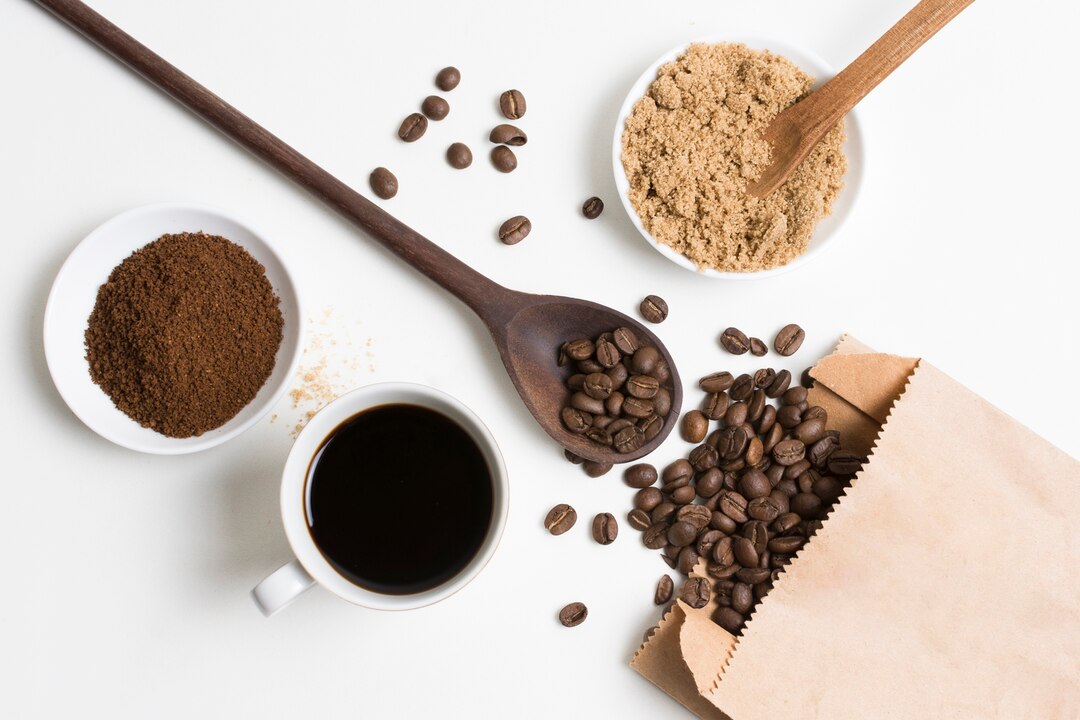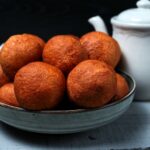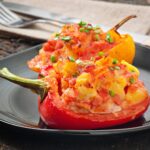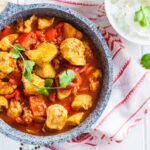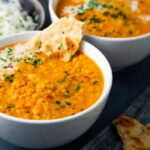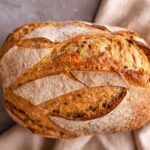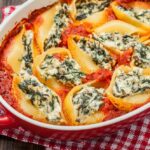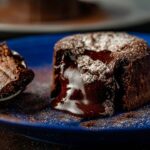Social media platforms like TikTok are brimming with food and nutrition advice, with users often showcasing viral recipes, diets, and hacks that promise incredible results. While some trends are harmless or even helpful, others can be misleading, unhealthy, or downright dangerous. Here are ten viral TikTok food and nutrition trends to steer clear of, along with expert-backed reasons why they’re best avoided.
1. Dry Scooping Pre-Workout Powder
This trend involves consuming pre-workout powder without mixing it with water. While the idea is to amplify energy boosts, dry scooping can lead to choking, dehydration, and even heart palpitations due to the concentrated dose of caffeine and stimulants. Always follow the recommended usage on the label to stay safe.
2. Proffee (Protein Coffee)
Combining protein powder with coffee may seem like a smart way to boost your protein intake, but many viral recipes add excessive sweeteners or flavored syrups, turning it into a high-calorie, sugar-laden drink. If you enjoy protein coffee, stick to unsweetened protein powders and avoid unnecessary additives.
3. Nature’s Cereal
This trend features a bowl of fruit topped with coconut water, dubbed “nature’s cereal.” While fruits and coconut water are nutritious, this trend often overlooks the importance of balance in a meal. Without adequate protein or healthy fats, it won’t keep you full for long. Pair it with yogurt, nuts, or seeds for a more satisfying option.
4. Frozen Honey Challenge
TikTok users have been freezing honey and consuming it straight from the bottle. While honey is a natural sweetener, eating large amounts can spike blood sugar levels and contribute to weight gain or tooth decay. Moderation is key—enjoy honey as part of a balanced diet rather than a stand-alone snack.
5. “What I Eat in a Day” Videos
These videos can be a source of meal inspiration, but they often promote unrealistic eating patterns or glorify restrictive diets. What works for one person may not suit another due to differences in metabolism, activity levels, and dietary needs. Use these videos with caution and consult a registered dietitian for personalized advice.
6. Cloud Bread
Cloud bread, made from egg whites, cream cheese, and a bit of cornstarch, became a viral low-carb, high-protein alternative to traditional bread. While it’s a fun recipe, cloud bread lacks the fiber and nutrients found in whole-grain bread, which are essential for digestive health and sustained energy.
7. Lemon Coffee for Weight Loss
This trend suggests that adding lemon juice to coffee can burn fat or speed up weight loss. There’s no scientific evidence to support these claims, and the acidity of lemon combined with coffee could upset sensitive stomachs. Sustainable weight loss comes from a combination of balanced nutrition and regular exercise—not quick fixes.
8. Charcoal-Infused Foods
Activated charcoal has been touted for its detoxifying properties, but it’s not a magic solution. Consuming charcoal in excess can interfere with nutrient absorption and medication efficacy. Additionally, detoxes are unnecessary for most people as the liver and kidneys naturally eliminate toxins.
9. One-Meal-a-Day Diet (OMAD)
This extreme fasting trend involves eating only one meal per day, which can lead to nutrient deficiencies, fatigue, and disordered eating patterns. A healthy diet should include balanced meals spread throughout the day to maintain energy levels and support overall well-being.
10. DIY Weight Loss Gummies
Some TikTokers share recipes for homemade gummies containing ingredients like apple cider vinegar or laxatives to aid weight loss. These gummies can disrupt digestion, cause dehydration, and lead to dangerous health complications. Weight loss should never involve extreme or unregulated methods.
TikTok can be a fun and creative platform for discovering food ideas, but not all trends are worth following. Before trying any viral food or nutrition hack, consider its potential risks and consult a trusted health professional if needed. Remember, sustainable health comes from balanced eating habits, regular physical activity, and evidence-based practices—not quick fixes or fads. Stay informed and prioritize your well-being over fleeting trends.
